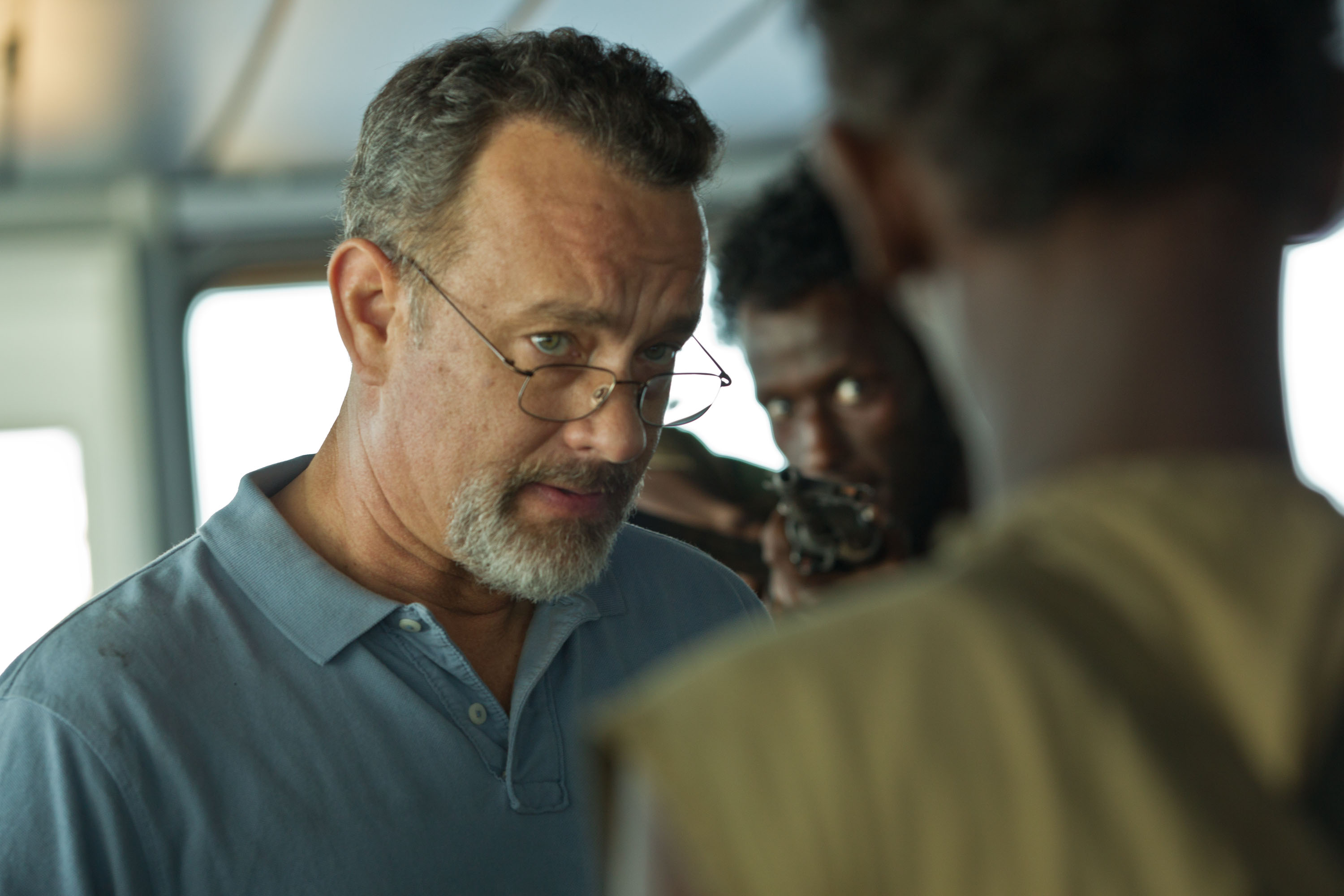Paul Greengrass once seemed like the least likely candidate to be a director of Hollywood blockbusters: the Cambridge graduate started his career by putting in 10 years as a documentary filmmaker/journalist for the hard-hitting British current affairs program "World In Action." When he moved into feature films, it was always with topics that had political content, like his debut, "Resurrected," in 1989, about a Falklands War deserter, or "Bloody Sunday" (2002), about the 1972 massacre of civil rights protesters in Northern Ireland.
Serious stuff, for sure, yet Matt Damon had seen "Bloody Sunday," and was impressed by the director's ability to graft documentary-style realism onto a fiction film, and helped to get Greengrass on board to direct "The Bourne Supremacy." The result was an action film with a whole new level of intensity — and presto, Greengrass had an American career.
He may not be a household name, but if you've ever seen one of his films — "United 93," "Green Zone," "The Bourne Ultimatum" — you'd immediately recognize his style: handheld cameras, up close and personal, constant motion within each shot, and edited to a brisk, staccato rhythm. Since then, he has been much imitated, but Greengrass has an ability to make this choppy, improvised style coherent, where so many others wind up with just a jerky, blurry mess.


















With your current subscription plan you can comment on stories. However, before writing your first comment, please create a display name in the Profile section of your subscriber account page.